Input interpretation

2, 3-dibromopropanol
Chemical names and formulas

formula | BrCH_2CH(Br)CH_2OH Hill formula | C_3H_6Br_2O name | 2, 3-dibromopropanol IUPAC name | 2, 3-dibromopropan-1-ol alternate names | 1, 2-dibromopropan-3-ol | 1-propanol, 2, 3-dibromo- | 2, 3-dibromo-1-propanol | 2, 3-dibromopropan-1-ol | 2, 3-dibromopropyl alcohol | USAF do-42 mass fractions | Br (bromine) 73.3% | C (carbon) 16.5% | H (hydrogen) 2.78% | O (oxygen) 7.34%
Lewis structure
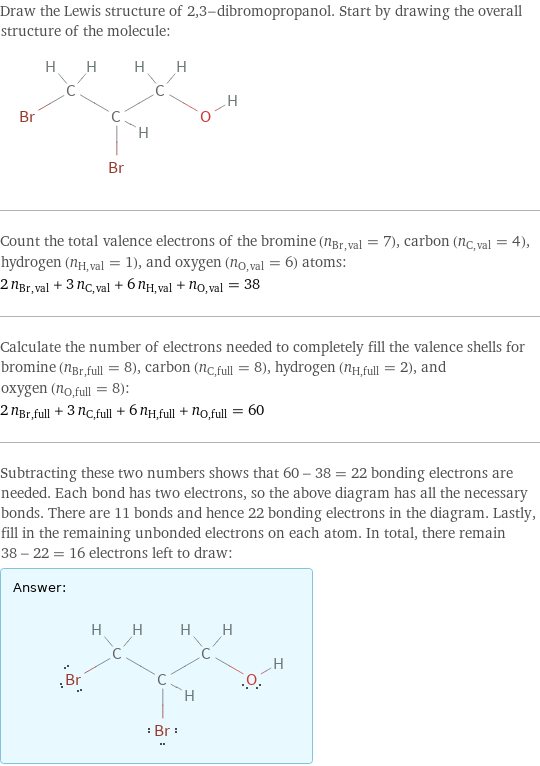
Draw the Lewis structure of 2, 3-dibromopropanol. Start by drawing the overall structure of the molecule: Count the total valence electrons of the bromine (n_Br, val = 7), carbon (n_C, val = 4), hydrogen (n_H, val = 1), and oxygen (n_O, val = 6) atoms: 2 n_Br, val + 3 n_C, val + 6 n_H, val + n_O, val = 38 Calculate the number of electrons needed to completely fill the valence shells for bromine (n_Br, full = 8), carbon (n_C, full = 8), hydrogen (n_H, full = 2), and oxygen (n_O, full = 8): 2 n_Br, full + 3 n_C, full + 6 n_H, full + n_O, full = 60 Subtracting these two numbers shows that 60 - 38 = 22 bonding electrons are needed. Each bond has two electrons, so the above diagram has all the necessary bonds. There are 11 bonds and hence 22 bonding electrons in the diagram. Lastly, fill in the remaining unbonded electrons on each atom. In total, there remain 38 - 22 = 16 electrons left to draw: Answer: | |
3D structure
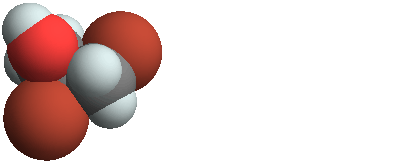
3D structure
Basic properties

molar mass | 217.89 g/mol phase | liquid (at STP) melting point | 8 °C boiling point | 96 °C (measured at 1333 Pa) density | 2.12 g/cm^3
Units

Liquid properties (at STP)
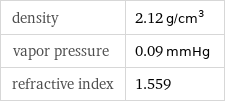
density | 2.12 g/cm^3 vapor pressure | 0.09 mmHg refractive index | 1.559
Units

Thermodynamic properties

molar heat of vaporization | 51.1 kJ/mol specific heat of vaporization | 0.2345 kJ/g (at STP)
Chemical identifiers
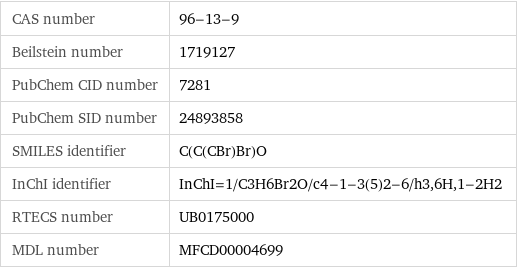
CAS number | 96-13-9 Beilstein number | 1719127 PubChem CID number | 7281 PubChem SID number | 24893858 SMILES identifier | C(C(CBr)Br)O InChI identifier | InChI=1/C3H6Br2O/c4-1-3(5)2-6/h3, 6H, 1-2H2 RTECS number | UB0175000 MDL number | MFCD00004699
NFPA label

NFPA label
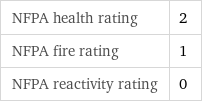
NFPA health rating | 2 NFPA fire rating | 1 NFPA reactivity rating | 0
Safety properties

flash point | 110 °C

DOT hazard class | 6.1 DOT numbers | 2810
Toxicity properties

RTECS classes | tumorigen | mutagen | primary irritant